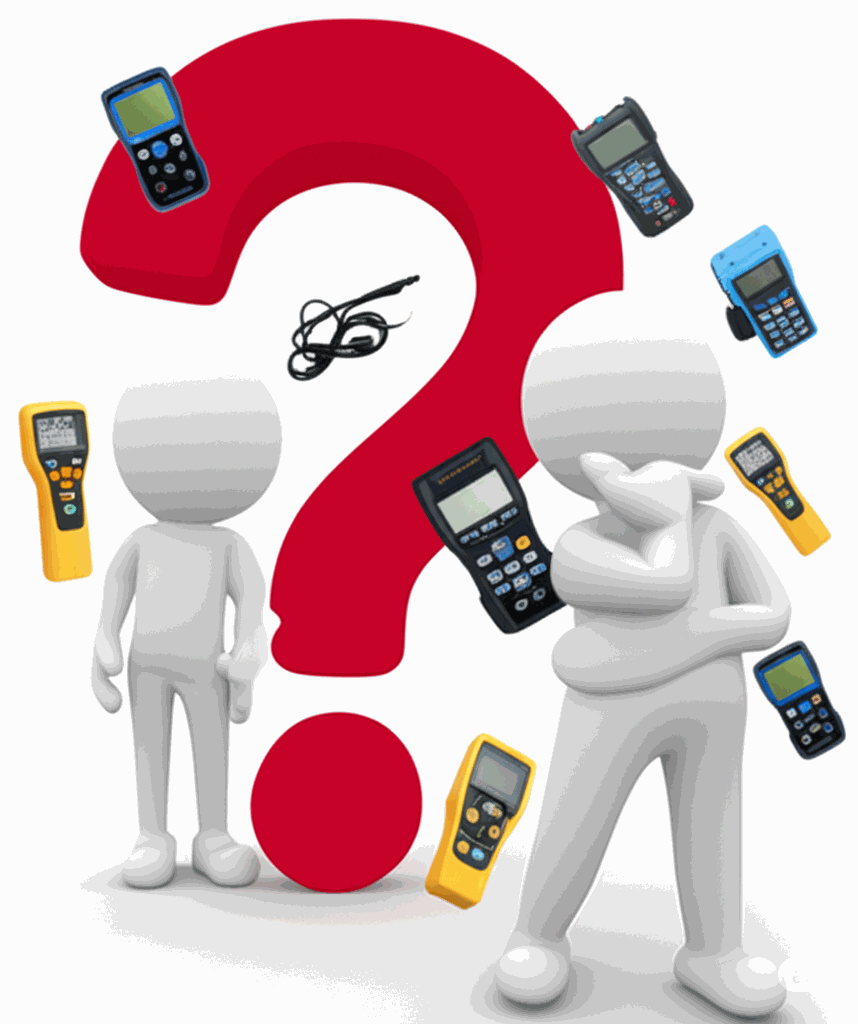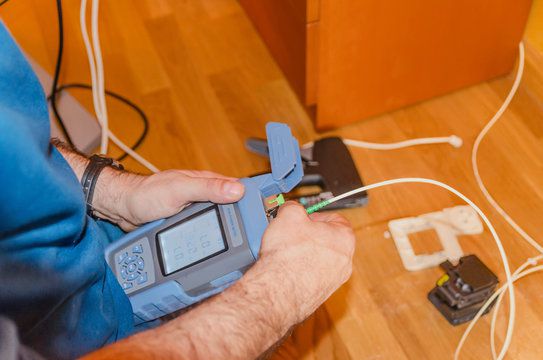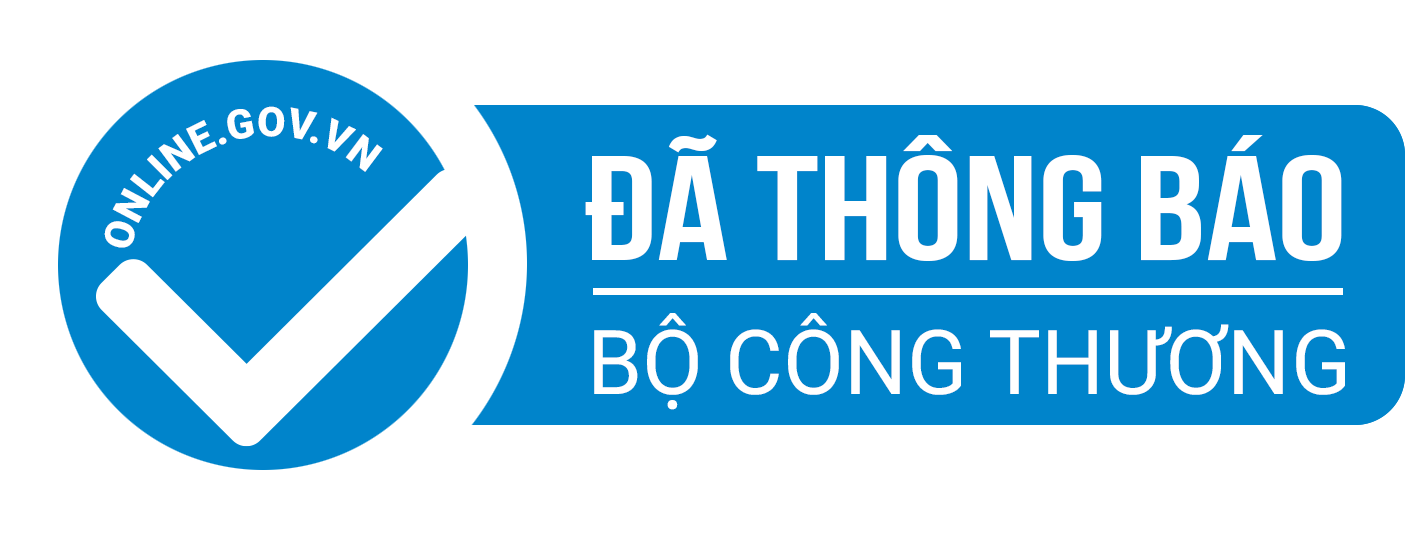Criteria for choosing optical power meter for those who do not know
Choosing the right light source power meter is not difficult if you understand the four core factors that help eliminate the poor quality devices that are popular in the market.
ເນື້ອໃນ
Optical power meters are basic tools used to determine the signal and loss levels on fiber optic cables. Although simple, this is a must-have device for technicians and construction units when testing and troubleshooting initial problems. Especially in backbone systems and high-speed connections in data centers, where low loss is required on each link, choosing the right device becomes even more important.

There are many types of optical power meters with different designs and specifications. Below are four criteria to help you choose the right device for your actual needs.
1. Prioritize simplicity in operation
When speed and versatility are required, an easy-to-use instrument can save you a lot of time in testing. While most manufacturers claim their instruments are user-friendly, you should still check the interface and actual usage procedures.
No need for complex training
The ideal instrument is one that you can use right out of the box, without the need for extensive training. In particular, the initial reference level setting should be simplified to reduce setup time.
Easy-to-understand interface, quick operation
A clear display combined with a reasonable control button layout will help you operate conveniently. Many devices today also support the automatic calculation of attenuation when there is a change in reference, minimizing manual steps for users.
Clear, intuitive information display
The screen needs to be large enough to quickly read the main parameters, while clearly separating the functions to avoid confusion when operating in real conditions.
2. Features to support improved work efficiency
Not all devices are the same, even when they meet the same basic measurement parameters. Some optical power meters are integrated with additional utilities to optimize operation time and reduce the workload for users.
Instead of focusing only on technical specifications or price, you should consider the accompanying features. For example, the simultaneous measurement of two wavelengths can reduce the time to test multiple fiber lines by half. The ability to automatically recognize the input wavelength is also a plus, especially when dealing with complex connections in optical networks.
Some models also support real-time signal fluctuation monitoring, allowing you to take your eyes off the screen to do other things while ensuring you don't miss a problem. Some models are designed with integrated optical fault locator and internal communication functions, helping technicians coordinate work more effectively on site.
3. Check for errors
When working with high-speed lines, even small measurement errors can affect the overall performance of the system. With so many options on the market, it is important to know which device is truly suitable

A common question is: “How do I know if a meter is reliably accurate?” but the answer is not always clear. In addition to considering the manufacturer’s reputation, you should dig deeper based on some specific criteria.
Equipment from organizations that play a role in standardization
If the manufacturer is a member of an industry standards organization (like TIA), there is a good chance that their products are developed with a clear and transparent process – a sign that quality is a top priority.
How often technical documentation is shared
Major brands regularly publish in-depth technical documentation such as white papers or specialized user guides. This reflects not only a serious investment in technology but also a team of real experts behind each product.
Calibration certificate included
A dedicated measuring instrument cannot be without a calibration document – this certificate clearly shows the technical error limits and helps you determine whether the instrument is suitable for measurement requirements in high-speed application environments. Don’t overlook this detail if you are considering a product for long-term use.
4. After-sales service
Choosing the right measuring device is just the first step. To ensure long-term effectiveness, you need to pay attention to the accompanying support services, from technical, warranty, calibration to the ability to provide replacement parts. These are factors that sometimes only show their value after a period of actual operation.
In the constantly fluctuating market conditions, many manufacturers or distributors have difficulty maintaining stable operations. This directly affects the ability to support customers. Therefore, when choosing to buy equipment, in addition to considering quality, you should also evaluate the after-sales capacity and support level of the supplier.
In Vietnam, EMIN is one of the measuring equipment distributors that has been operating stably for many years, with a warranty and in-depth technical system. In addition to providing genuine products, EMIN also has a team of well-trained technicians, supporting customers from the equipment selection stage until calibration or in-depth application consulting. This is a clear advantage compared to purchasing from distributors without an on-site support system.
There is no fixed formula to evaluate the stability of a supplier, but factors such as implementation experience, a clear support system and the ability to provide service throughout the product life cycle are things you should consider when making a decision.
